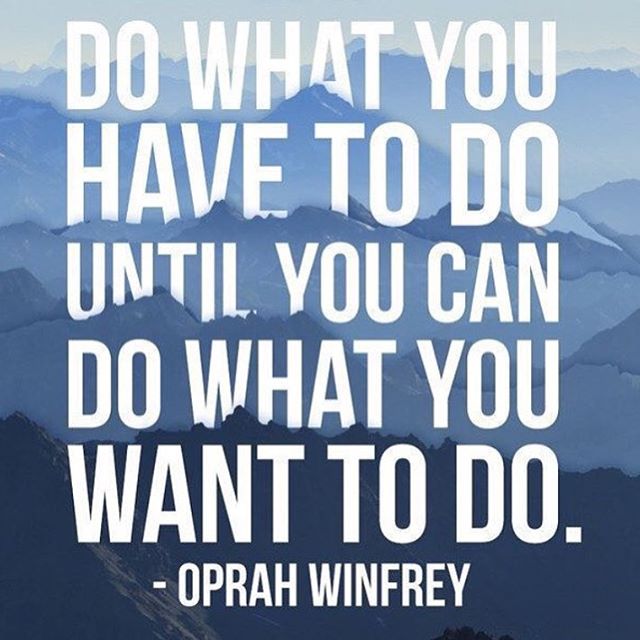Teamwork in Medical School Admissions: How to Show You’ve Got It

Teamwork in Medical School Admissions: How to Show You’ve Got It



In this post:
- Why do medical schools value teamwork?
- What is teamwork in medicine?
- Patients and families as team members
- Teamwork and safety
- How to show teamwork in your application
- 10 ways to show your teamwork skills
Why do medical schools value teamwork?
When the Institute of Medicine published their 2000 report, “To Err Is Human: Building a Safer Health System,” the authors attributed most medical errors to two key deficits. First, a lack of communication and second, dysfunctional teamwork. It appeared that the long-standing “doctor-as-captain-of-the-ship” paradigm had led to other problems as well, such as physician burnout, poor relationships with nurses and staff, and arrogance towards patients’ preferences. Since these findings were published, medical leadership and training program have worked to improve teamwork in medical practice and education.
To better understand the problem, researchers looked at studies done in commercial aviation, military, firefighting, and other rapid response professions, where human error can result in the loss of lives. They found that, in high-risk settings, teams make fewer mistakes than individuals do. When teamwork exercises were done to prepare for trauma, anesthesia, and labor and delivery emergencies, hospitals saw improved patient outcomes and fewer errors.
What is teamwork in medicine?
Physicians are now expected to work together with many other professionals when caring for patients. It takes more than one set of skills to solve most medical problems, and no one person can have all the skills and knowledge on hand. For example, imagine you are a physician caring for Ms. W., a 35-year-old patient who was admitted six days ago for a pulmonary embolism. During her stay, you discover she has a clotting disorder and must remain on anticoagulants for the rest of her life. However, she is uninsured and cannot afford the medication you prescribed. You also just learned that the hospital wants you to send her home tomorrow. She is ready for discharge from a medical standpoint, but you are not sure how she is going to fare on her own.
Luckily, on the second day of her admission, Ms. W.’s nurse called social services, who helped her apply to a program that covers the cost of her medications. They also arranged for free home health visits the first week after discharge, to reduce the possibility that she will return to the emergency room. When your PA was rounding she discovered that Ms. W. has prediabetes, so a nutrition consult was called. The nutritionist discovered that Ms. W. is depressed and craving junk food, because her favorite sport, rugby, is now off limits due to the blood thinners. The nutritionist shared this information with the care coordinator, who arranged for Ms. W. to see an occupational therapist who could teach her safer ways to exercise. After a baseline mental and emotional health assessment, the discharge team arranged for Ms. W. to receive outpatient therapy to help her cope with her new health condition and limitations.
As a physician, there is no chance you could have accomplished all this on your own. It took at least eight healthcare professionals, in addition to other hospital support staff, to make this patient’s discharge go safely.
Patients and families as team members
Clearly, physicians today rely on the input and expertise of many individuals to plan and coordinate post-hospital care. But perhaps the biggest change to the healthcare team is recognizing that the patient and their family are also vital team members. Without the patient’s buy-in, treatments are often ineffective. The patient needs to feel comfortable voicing concerns and questions and making changes in their treatment plan if needed. In addition, the patient’s family can be an invaluable team member. They may be enlisted to perform wound care or other essential tasks, and can be educated on how to recognize a complication or side effect. As doctors, we can’t go home with our patients to make sure they are okay, but their families can.
Teamwork and safety
In the past, medical training programs placed a low value on physician rest and wellness. The old attitude was that a dedicated physician could go for days without sleep. However, our increased awareness of the role fatigue plays in medical error, has led to improved safety laws. These days, med students and residents are required to leave the hospital and rest, while failures of programs to enforce these requirements can result in severe penalties. This has required programs to focus on improved patient hand-offs and team communication.
While patients may be concerned about their physician being unavailable, studies have shown that shared responsibility for patient care leads to greater satisfaction among nurses and other team members, as well as better patient outcomes. With a strong team in place, patients soon discover that someone will always be there and that their physician is well-rested, and able to handle whatever challenges arise.
Medical school curricula now include dedicated teamwork training. Students and residents are taught how to effectively sign-out patients to colleagues when they leave the hospital. Skills such as collaboration, overcoming conflict, prioritizing, and recognizing others’ strengths are explicitly taught and assessed. Students and residents practice code situations so that all team members know their role and can perform in high-stress situations. Med schools not only teach these effective teamwork traits, but they also screen for them at admission. The first place they look for the qualities needed for collaboration is in the teamwork essay.
How to show teamwork in your application
If you are asked to write an essay about teamwork, first identify an experience when you worked with others (ideally within the last two years). Potential teamwork situations include volunteering, teaching, athletics, research, group projects in school, jobs in retail or the service industry, or other employment settings where teamwork is a key part of success. Passive situations such as shadowing, where you are not directly contributing, are not ideal for this essay.
If your team experienced conflict, describe how you overcame it, making sure to attribute the problem to shared communication issues rather than an individual (no blaming). If things went well, describe your channels of communication and how you shared the decision making. You might also include people who were not directly on your team, but who contributed to a successful outcome. In a work setting, were your customers part of your team? Or if you were teaching, did your students play a role in their learning? In a research project, did you get help from support staff? Be sure to show your awareness of your teammates’ different strengths. Medical schools seek people who recognize that the work of a team is better than that of a single individual. Show that you have that perspective.
The essay is only one way that schools identify your teamwork strengths. They also look for evidence of teamwork in your activities, interview, and letters of recommendation. They will try to evaluate your ability to be flexible, to recognize and admit when you don’t know something, and to work well with others.
Schools ultimately want medical students who are not only able to excel in their academics, but who can work toward a common goal without letting their egos get in the way. Above all, they want people who are comfortable working on a diverse team, with a variety of strengths and skill sets. Only through teamwork, can we give patients all the resources they need to regain or maintain their health.
10 ways to show your teamwork skills:
If you can answer “yes” to these questions, you’re well on your way to having the teamwork skills medical schools want to see.
- Do you value the contribution of all team members?
- Are you flexible and willing to change direction when needed?
- Do you listen to and accept constructive criticism?
- Do you avoid blaming others and instead look to systems issues when there is conflict?
- Do you share credit with others generously?
- Are you comfortable in both leadership and non-leadership roles?
- Do you see the strengths of others as complementary to your own?
- Are you open to further developing your teamwork skills?
- Do you believe teams accomplish more than individuals?
- Is respect for others a part of your personal value system?
Do you need help showcasing these skills in your medical school personal statement, activities, secondaries, and interviews? Check out our Medical School Admissions Consulting Services – we’d be delighted to help you.
<!–[if lte IE 8]>
<![endif]–> hbspt.cta.load(58291, ‘1d2df5cf-1a21-4396-91eb-035040f8bc40’, {});
hbspt.cta.load(58291, ‘1d2df5cf-1a21-4396-91eb-035040f8bc40’, {});

Dr. Suzi Schweikert has served on the UCSD School of Medicine’s admissions committee, and has mentored students in healthcare programs for over 20 years. She holds a BA in English Lit from UCLA, an MD from UCSD, and an MPH from SDSU. Want Suzi to help you get accepted? Click here to get in touch!
Related Resources:
- Leadership in Admissions, a free guide
- The Importance of Teaching Management in Medical School, a podcast episode
- “I’m Smart, Really I Am!” – How to Prove Character Traits in Your Essays
The post Teamwork in Medical School Admissions: How to Show You’ve Got It appeared first on Accepted Admissions Blog.
Source: Accepted.com
Teamwork in Medical School Admissions: How to Show You’ve Got It










0 comments